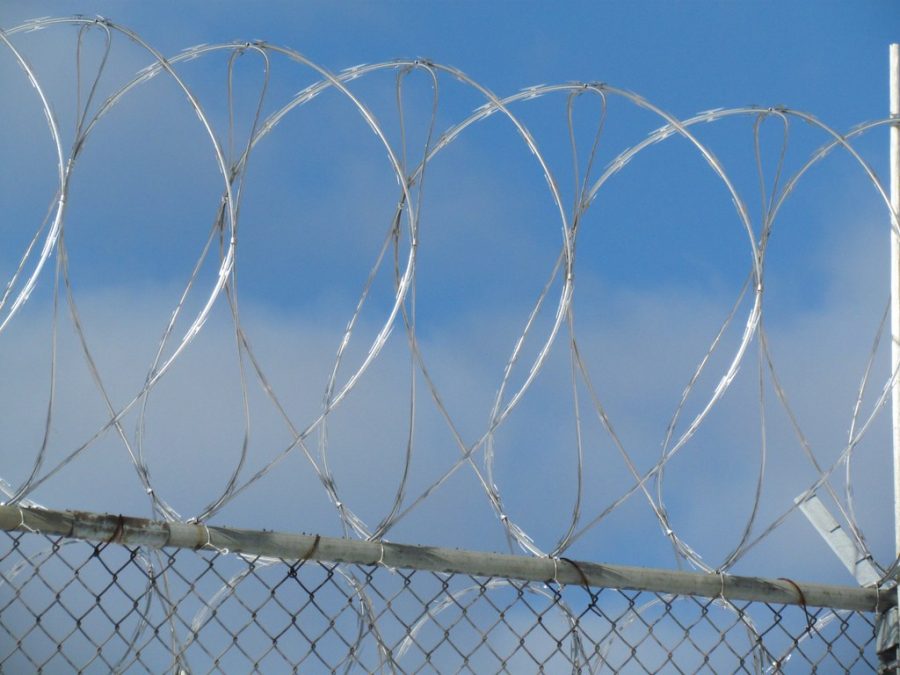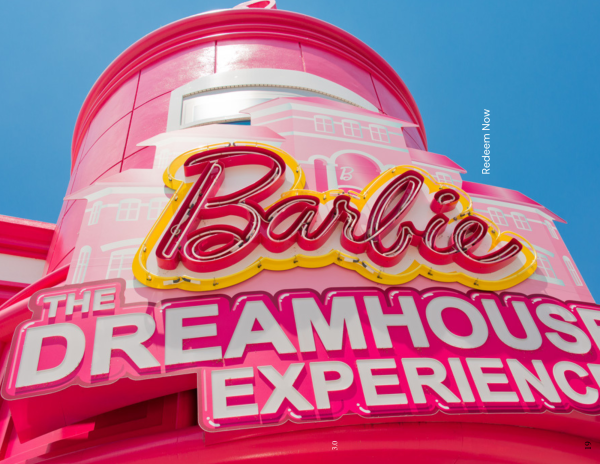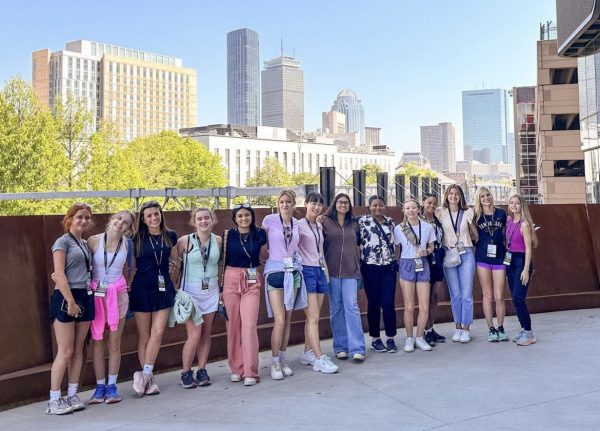Rehabilitation, Not Incarceration
For the past five years, the number of children in Shelby County’s juvenile detention system has declined. That may surprise you if you keep up with local news, but it’s true. According to the latest “Annual Report of Juvenile Court of Memphis and Shelby County,” there were 1,504 kids in juvenile detention in 2013. The latest studies show those numbers to be almost cut in half. 869 children were in juvenile detention in Shelby County in 2017, and those numbers are expected to drop even further this year according to experts with the Shelby County Juvenile Detention Center. So what is causing the decline? There are many factors that come into play, but one of the most important could be hope itself – Hope Academy.
Hope Academy is a partnership between Shelby County Juvenile Court and Shelby County Schools. It started six years ago. Hope Academy students range in age from 12 to 18, or from 6th to 12th grades. Shelby County school teachers, just like you would find in any public school classroom, teach science, social studies, math, and English, as well as character education and life skills to students. But these students are children being held in the Shelby County Juvenile Detention Center.
“A typical day at Hope Academy is just like any other school day, except we have behavioral interventionists on staff waiting to work with our students on good decision making skills,” says Hope Academy Principal, Mr. Eugene Lockhart.
Mr. Lockhart is new to Hope Academy. This is his first year and already he’s seeing progress. Hope Academy’s website boasts one of the keys to their success. They currently have an eleven percent recidivism rate. That means that out of the 5,000 students who have passed through Hope Academy in the past six years, 550 have returned.
Mr. Lockhart says that plays a part in the overall numbers declining each year at the Juvenile Detention Center. “Our hope is that once they leave this facility we will have provided a continuum of social and emotional resources to help influence some of the decisions they will make after they are released. Our goal is to rehabilitate, not incarcerate and we do that by keeping students engaged.”
It’s possible that Hope Academy could be saving Shelby County taxpayers money, too. Nationally, it costs an average of $407.58 per child, per day. That winds up being an average of $148,767 per child, per year, according to a report from U.S. News & World Report.
The idea behind Hope Academy is to continue a child’s education in the classroom as well as in life. That’s why they offer what Mr. Lockhart calls “a wrap-around support system that’s made up of not only teachers, tutors and counselors, but behavioral specialists and mentors.” He says what’s happening in Shelby County could potentially be a model for similar juvenile programs across the nation.
“It’s important to treat our students like children and not criminals,” says Mr. Lockhart.
The outcome of Hope Academy focuses on academic success as well as dropout prevention, recovery of out of school youth, increase graduation rates, educational, emotional, and counseling services, and diversion from the criminal justice system.














